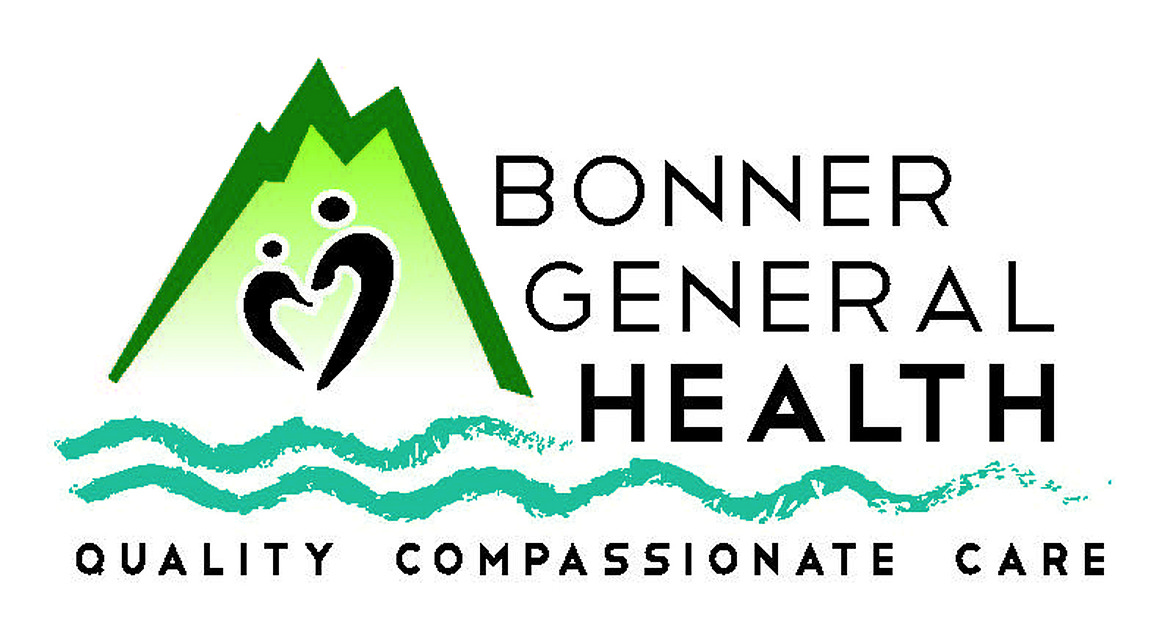First an apology, then a look at gall bladder disease
Last Wednesday afternoon I received an email from Rashmi B. Halker Singh, M.D. It read, “Thank you so much for highlighting migraine and stereotypes. This is such an important topic and I’m so pleased that you used your platform to spread this important knowledge.”
Before I could feel smug that this renown physician whom I had quoted in my article was complimenting my work, I read the next sentence: “Just one correction – I am a woman, and my pronouns are she/her.” OMG. I am so embarrassed. I referred to her as him. I apologized to Dr. Halker Singh, and now I want to apologize to you, Readers, with a promise that I’ll do better diligence in the future. The article has been corrected online at bonnercountydailybee.com, in case you missed it.
For an organ that we can live without, it’s surprising how much discomfort our gallbladders can cause us. This small pear-shaped sac located under the liver, is where the gallbladder stores and concentrates bile produced in the liver. The bile passes along through a duct that empties into the small intestine. This bile helps you digest fats.
“The mildest and most common symptom of gallbladder disease is intermittent pain called biliary colic,” Johns Hopkins Medicine’s website says. “Typically, a patient experiences a steady gripping or gnawing pain in the upper right abdomen near the rib cage, which can be severe and can radiate to the upper back. Some patients with biliary colic experience the pain behind the breastbone. Nausea or vomiting may occur."
Healthline tells us that “inflammation causes the majority of gallbladder diseases due to irritation of the gallbladder walls, which is known as cholecystitis. This inflammation is often due to gallstones blocking the ducts leading to the small intestine and causing bile to build up. It may eventually lead to necrosis (tissue destruction) or gangrene.”
Gallbladder disease also includes gallstones; chronic acalculous gallbladder disease (in which the natural movements needed to empty the gallbladder do not work well); growths of tissue in the gallbladder; congenital defects of the gallbladder; sclerosing cholangitis (disease of the bile duct system), and tumors of the gallbladder and bile ducts.
Hopkins Medicine says that between one and three percent of people with “symptomatic gallstones will develop inflammation in the gallbladder (acute cholecystitis) which occurs when stones or sludge block the duct.
“The symptoms are similar to those of biliary colic but are more persistent and severe. They include pain in the upper right abdomen that is severe and constant and may last for days. Pain frequently increases when drawing a breath. About a third of patients have fever and chills,” they say.
When chronic gallbladder disease involves gallstones and mild inflammation, the gallbladder may become scarred and stiff. Symptoms include gas, nausea and abdominal discomfort after meals and chronic diarrhea.
“Stones lodged in the common bile duct can cause symptoms that are similar to those produced by stones that lodge in the gallbladder, but they may also cause jaundice; dark urine, lighter stools or both; rapid heartbeat and abrupt blood pressure drop; fever, chills, nausea and vomiting, with severe pain in the upper right abdomen,” Hopkins Medicine says.
Contact your primary healthcare provider as soon as possible when you begin to experience any of these symptoms. If symptoms are severe, go to the emergency department. And know you’re not alone. Over 30 million Americans are affected by gallbladder disease. Over 750,000 of them will undergo a cholecystectomy (removal of the gallbladder).
Twenty years ago, the National Institute of Health did a research study trying to determine the genetic component in the risk of gallbladder disease. Their conclusion was that “these data suggest that genetic factors are responsible for at least 30 percent of symptomatic gallstone disease. However, the true role of heredity in gallstone pathogenesis is probably higher because data based on symptomatic gallbladder disease underestimates the true prevalence in the population.”
Also putting you at higher risk is eating a high cholesterol diet; being overweight or obese (body mass index over 30); are over 60 years old; assigned female at birth; have diabetes, Crohn’s disease, cirrhosis of the liver, sickle cell disease, total parenteral nutrition (fed intravenously); or take cholesterol-lowering drugs.
Kathy Hubbard is a member of Bonner General Health Foundation Advisory Council. She can be reached at kathyleehubbard@yahoo.com.



